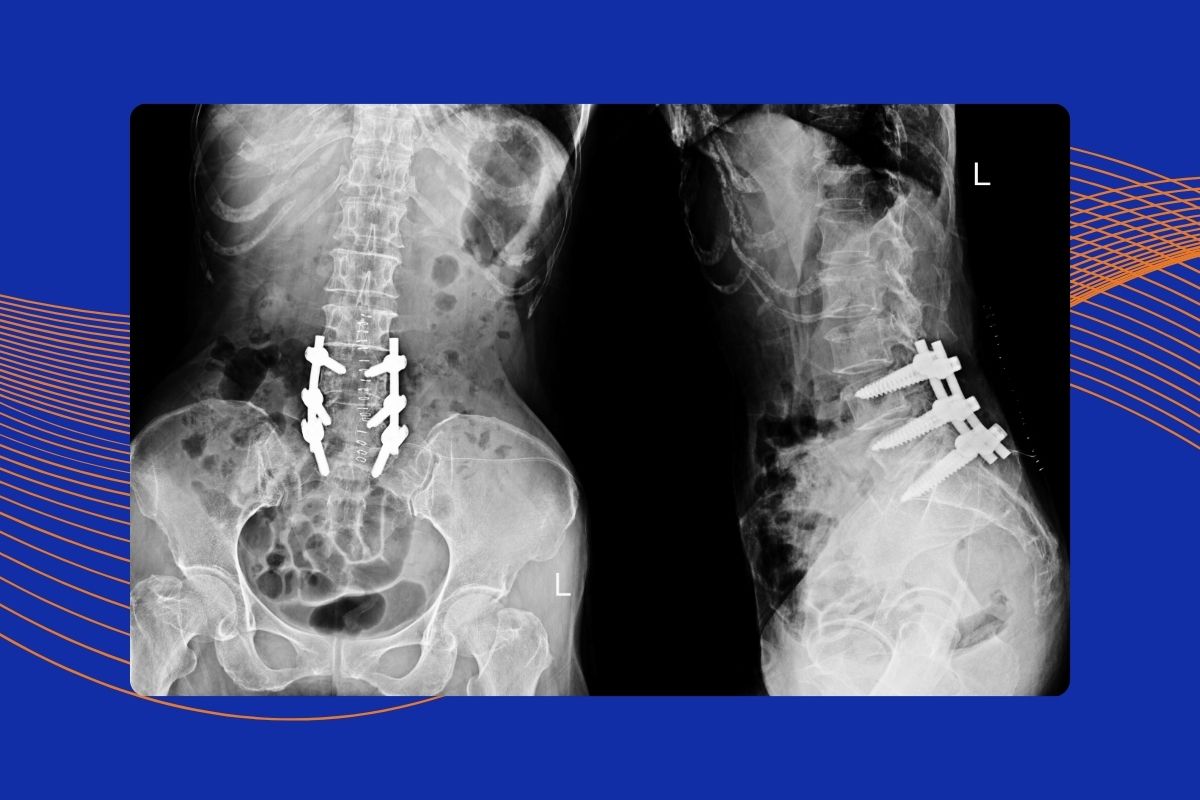There are approximately 18,000 new spinal injuries in the United States every year. From car accidents to tragic falls, there are various ways to sustain spinal cord injuries.
Of course, a spine doctor can tell you a lot. But if you’re looking for a spinal injury guide to help educate yourself as a patient, it can only help with your recovery.
We’ve assembled a guide to spinal injury types, symptoms, common causes, and more. Let’s get started!
What Are Spinal Injuries?
The spinal cord is a column of nerves secured by 31 vertebrae and protected in a sheath of myelin. This cord sends signals throughout the body.
That’s why many people with spinal cord injuries experience paralysis. The main freeway—the spinal cord—is experiencing a traffic jam.
There are four separate regions in the spine, and the region that is injured will affect the symptoms you are experiencing.
The cervical spinal cord is in the top region. It’s where the brain, spinal cord, neck, and back all connect. There are eight vertebrae in this region.
The thoracic spinal cord is in the middle and is composed of twelve vertebrae. The lumbar spinal cord is composed of five vertebrae and is the lower region of the spine.
The sacral spine is the lowest part—technically, it’s not part of the actual spinal cord. While it’s composed of five vertebrae, it’s mostly made up of nerve roots exiting the spine.
Complete and Incomplete Spinal Cord Injuries
No matter where they occur on the spinal cord, most are divided into two spinal injury types: complete and incomplete.
A complete spinal cord injury occurs when the damage is permanent. This can happen when the spinal cord is severed or damaged.
For instance, what happens if you sustain a complete spinal cord injury in the lumbar region? You may experience paralysis below the waist. However, you retain all motor functions in your upper body.
However, if you sustain that same injury in the cervical region, you may experience a complete loss of motor function. This is called quadriplegia (and is sometimes called tetraplegia.)
An incomplete spinal cord injury often results in damage that reduces the brain’s ability to communicate with the body. Anything below the injury site may be affected.
Think of it like a traffic jam. The road might not be completely shut down, but progress is slow or non-existent. In these cases, the spinal cord is partially compromised.
There is a lot of variation with incomplete injuries. For instance, you may be able to move one arm but not the other.
Incomplete spinal injuries are more common these days than ever before. People are still sustaining the same amount of injuries, but research and technology have improved.
Spinal cord injuries are more easily rehabilitated. Injuries that would have resulted in complete paralysis in the past are better treated now.
Symptoms of Spinal Cord Injuries
Spinal cord injuries are life-threatening, so it’s important to avoid using Google as your medical professional.
It’s impossible to diagnose the type of spinal cord injury you are experiencing by yourself. It’s equally impossible to make a prognosis based on your symptoms.
Symptoms and recovery are incredibly unique. Some people will make significant progress through physical therapy, and others will not. Here are some factors that typically affect the outcome:
- The type of injury
- Your physical health pre-accident
- Your psychological health
- The medical care available to you
- The effort you put into your own recovery
- Luck
- And so much more
There is a lot that goes into a spinal cord injury. That’s why there are so many symptoms connected to it.
You will probably experience some paralysis. This will often come with breathing issues.
You may require feeding or breathing tubes. This can produce an issue with frequent infections. Problems with bladder and bowel function will likely surface as well.
Because of a lack of motion, you may experience bedsores, loss of libido, and chronic pain. Other symptoms often include muscle and nerve pain, headaches, overall chronic pain, and pneumonia.
Dealing with spinal cord injuries is incredibly taxing for both patients and their families.
Causes of Spinal Cord Injuries
Men sustain more spinal cord injuries than women. And most times, auto accidents are primarily responsible.
Falls also account for a majority of spinal cord injuries. Falling from a ladder, a cliff, or other high places can cause extensive spinal cord injury.
Gunshot wounds also account for spinal cord injuries.
Diving injuries are especially dangerous. This is partly because of the head-first nature of the sport. It’s also because of the difficulty of saving yourself and getting out of the water, particularly if you’re diving alone.
Motorcycle accidents are also a primary cause of injury, because of the lack of external protection. While helmets and protective gear often serve as lifesavers, riders and passengers can still experience devastating spinal cord injuries.
Workplace injuries, often because of unexpected falling objects, are also a leading cause of spinal cord injuries. This can cause lawsuits and claims of negligence, depending on the situation.
Unfortunately, some spinal cord injuries are medically induced. Sometimes, mistakes are made, and this can cause issues later on.
The final two primary causes are pedestrian injuries and bicycle incidents. Helmet laws have played a primary role in reducing bicycle injuries. Many researchers suggest that a reduction in distracted walking (walking while looking down at a device), would also help prevent similar injuries among pedestrians.
Dealing with Spinal Injuries
Listening to your spine surgeon and all other medical professionals is crucial when dealing with spinal injuries. While educating yourself can play a primary role in recovery, it’s always important to listen to the pros.
If you’re looking for empathetic, talented professionals to help with your spinal injuries, contact us today! We can help.
